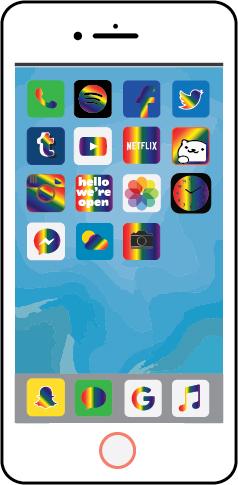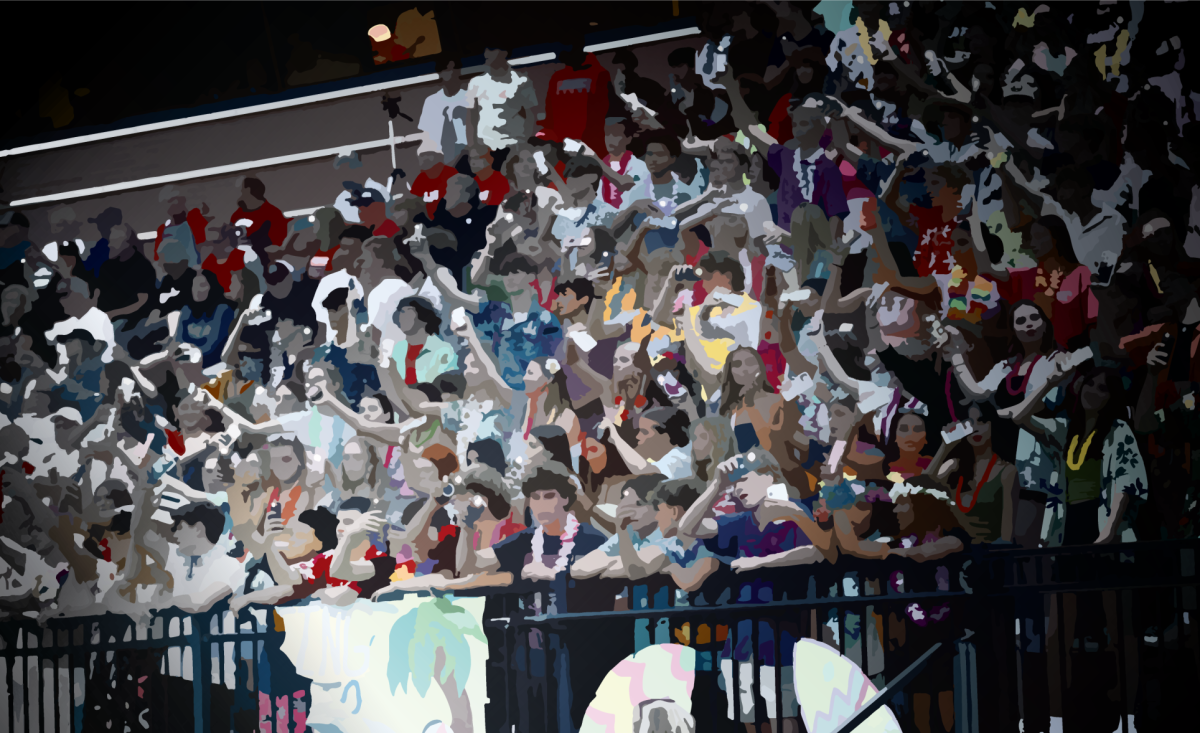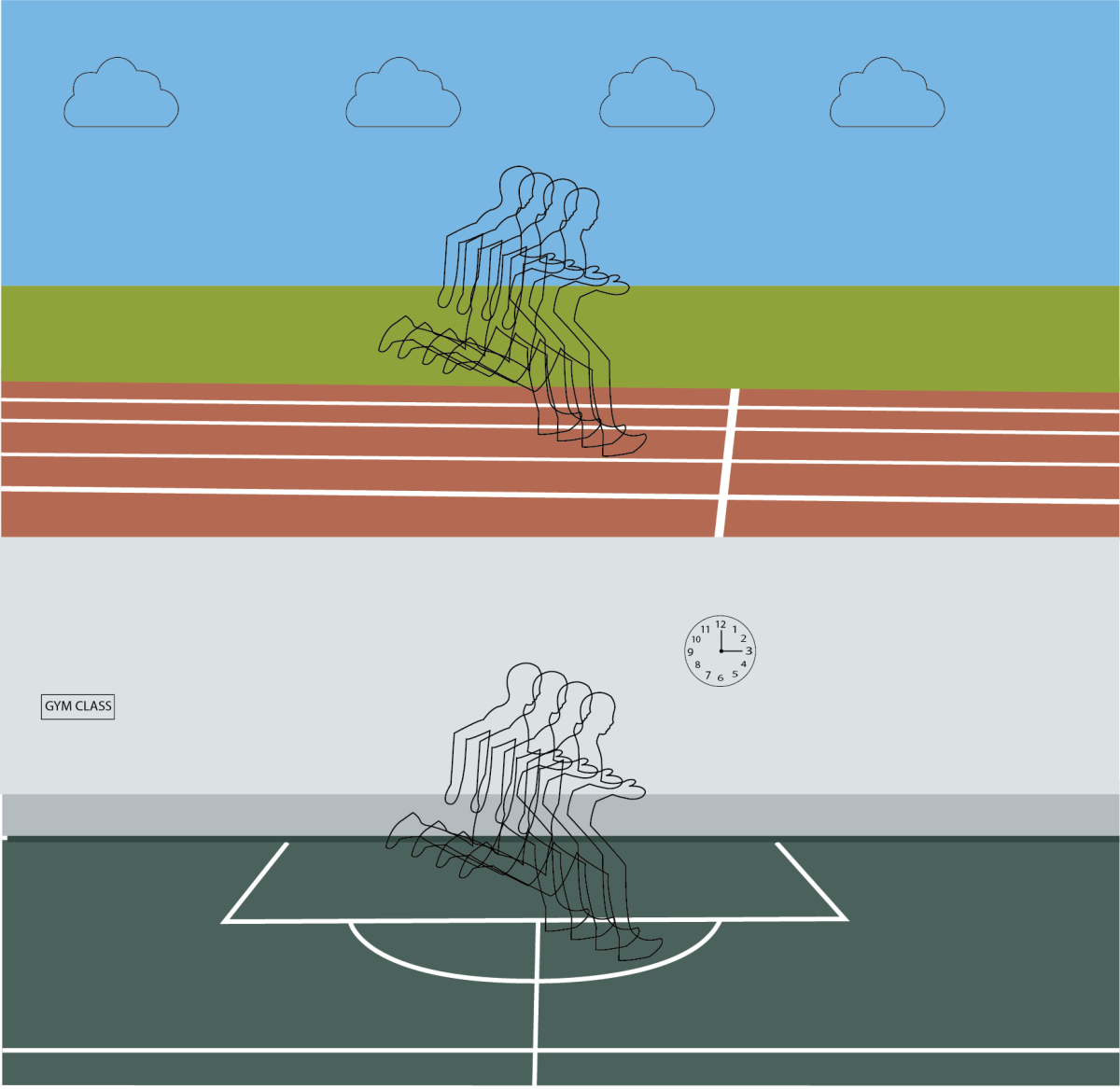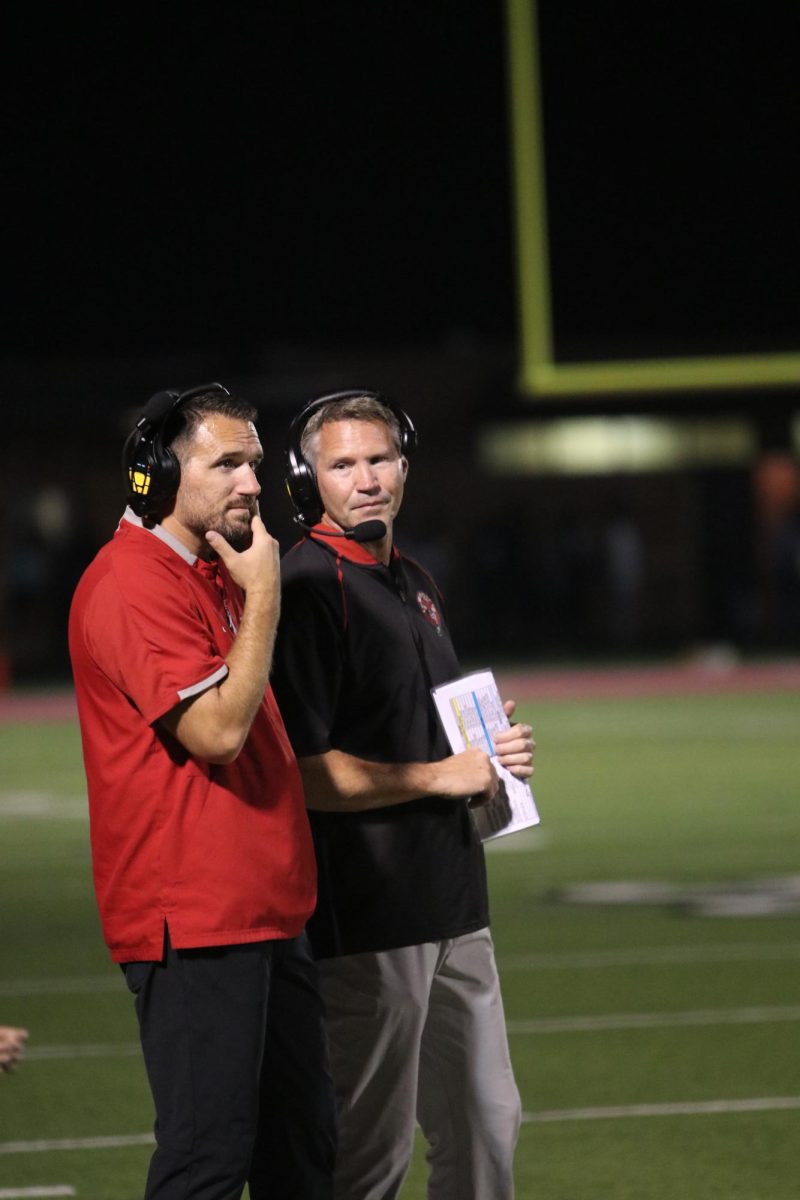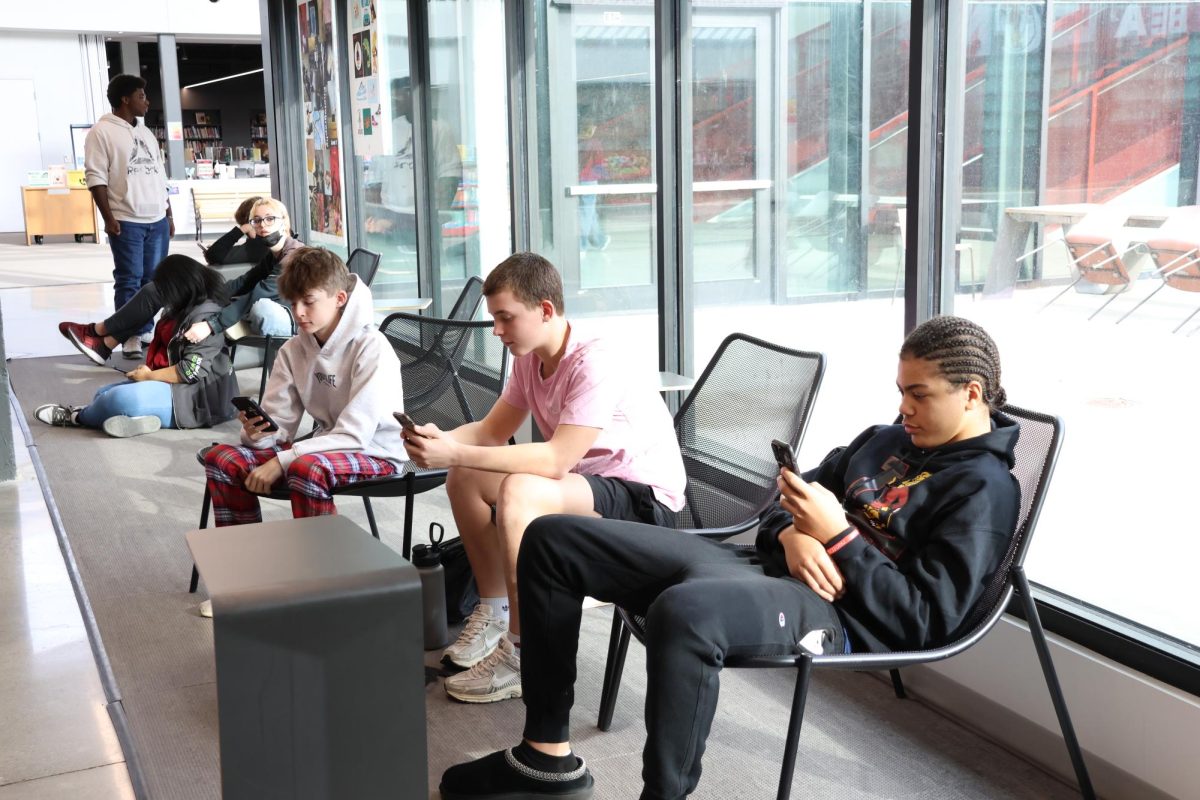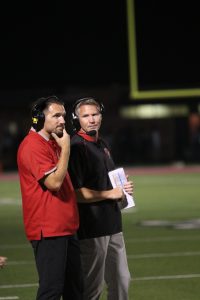LGBTQ+ people in need of sufficient representation
Current representatives are too few and far to portray LGBTQ+ groups accurately
April 29, 2016
You’ve heard of Ellen, Caitlyn Jenner, and a few of the characters from Glee. But when who are other important LGBTQ+ figures in media, there are few replies.
Why is there a lack of representation, or at least recognition?
Without this exposure, children grow up not knowing that being gay, or anything in between, is natural. It has become normal to be living in a heteronormative society.
Heteronormativity assumes that being straight is the only sexual orientation, and that marital relations should stay between those of opposite sexes. A heteronormative view is one that relies heavily on alignment of biological sex, sexuality, gender identity, and even gender roles.
Often, it even has a lot to do with homophobia and transphobia.
In media today, there are more shows, commercials and movies with homosexual characters. However their relationships are commonly portrayed negatively, there are rarely any characters who are not white, and not enough identities are shown.
Media automatically makes sure that gay male characters are very feminine and lesbian women are extremely masculine. Because when a character doesn’t fit inside that frame, it makes people uncomfortable.
Tons of high school girls drool over finding their stereotypical gay best friend. But if they were to find out that he doesn’t like to shop or his voice isn’t the right pitch, they’d drop him in an instant. But they wouldn’t think that all gay guys were this way if it wasn’t for media stereotyping them.
But what is the worst part about this? It’s the fact that other identities are seen as nonexistent.
There are more than lesbian women and gay men. Where are the bisexual, pansexual, asexual, nonbinary and other homosexual and transgender characters?
When it comes to whitewashing, there is a high possibility that people can not name more than three characters who are people of color and LGBTQ+ in television shows, movies, commercials, etc.
Our thoughts are commonly shaped by media influence, whether good or bad. The stereotypes we commonly see are merely the perceptions of a single person, but they shouldn’t be ours.



